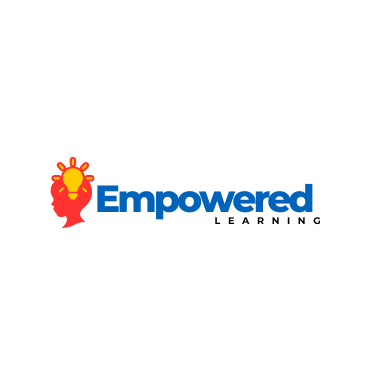Why EmpowerEd Does Not Use the Three-Cueing Model in Reading Instruction
Daisha Glenn

At EmpowerEd, we are committed to using only the most effective, research-based methods to help every learner succeed—especially when it comes to reading.
For years, many schools across the country relied on a method called the three-cueing system to teach children how to read. This model encourages kids to guess words based on:
- Meaning (Does it make sense?)
- Structure (Does it sound right?)
- Visual cues (Does it look right?)
While this might sound helpful on the surface, it often teaches kids to guess instead of actually decode the letters and sounds in words. Imagine trying to read by guessing what word might come next based on the picture or sentence—it works until the words get harder, and the pictures go away.
Research shows that this approach leads to major gaps in reading skills, especially for students with dyslexia, learning differences, or those who need more explicit instruction.
New Jersey has officially banned this method in grades PreK–3 through Assembly Bill A3851, requiring all schools to adopt reading instruction based on the Science of Reading—a method that emphasizes phonemic awareness, decoding, fluency, vocabulary, and comprehension.
At EmpowerEd, we fully support this change—and we’ve been ahead of the curve, using Science of Reading-aligned methods long before the state mandate. We believe that all children deserve instruction that’s not only effective, but grounded in real brain science and structured literacy.
If your child has been struggling with reading, there’s a good chance they were taught using the three-cueing method. We’re here to help them build the foundational skills they need—one sound, one word, one win at a time.
For more information on the Assembly Bill A3851, click the link below:
https://pub.njleg.gov/Bills/2024/A4000/3851_I1.HTM
